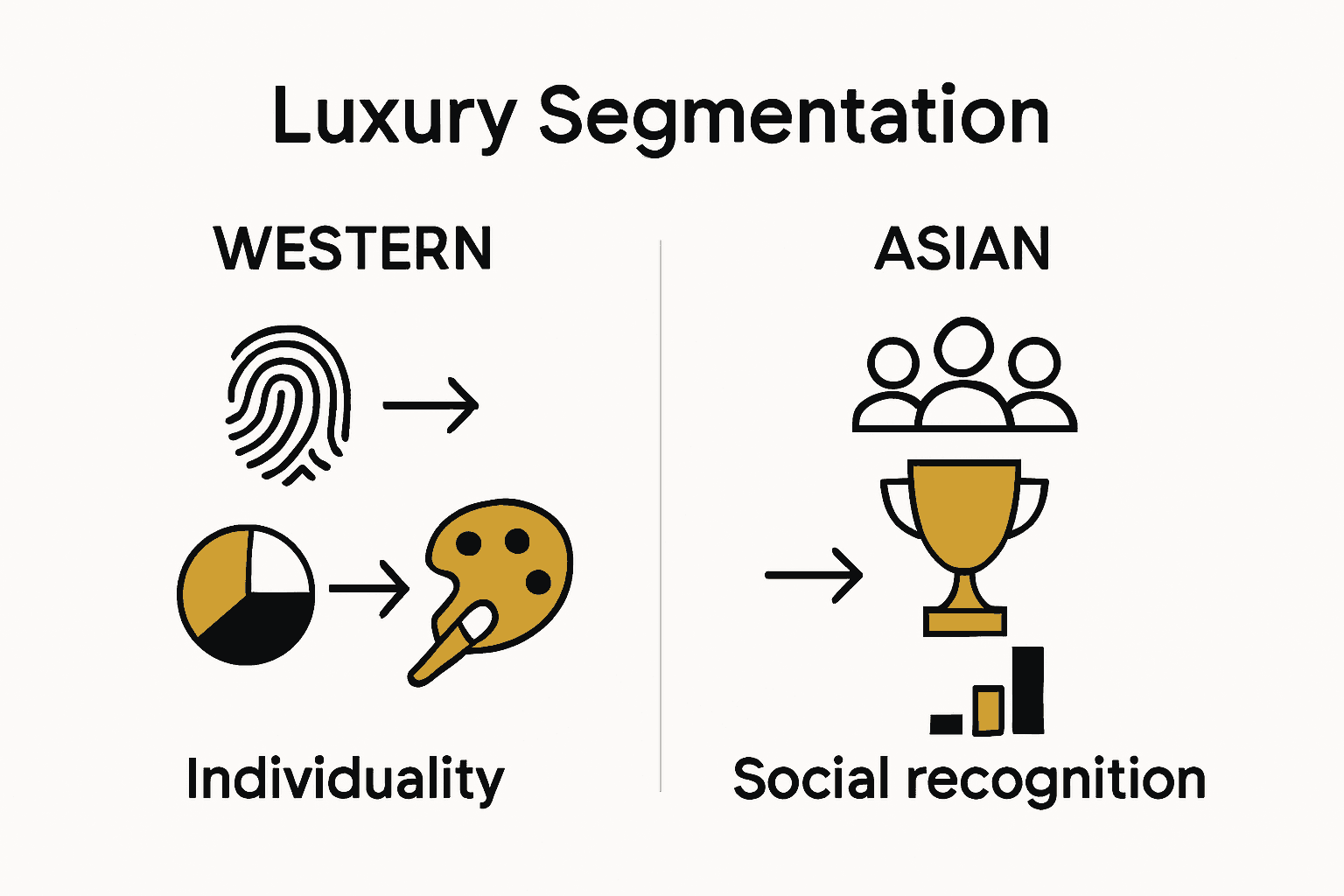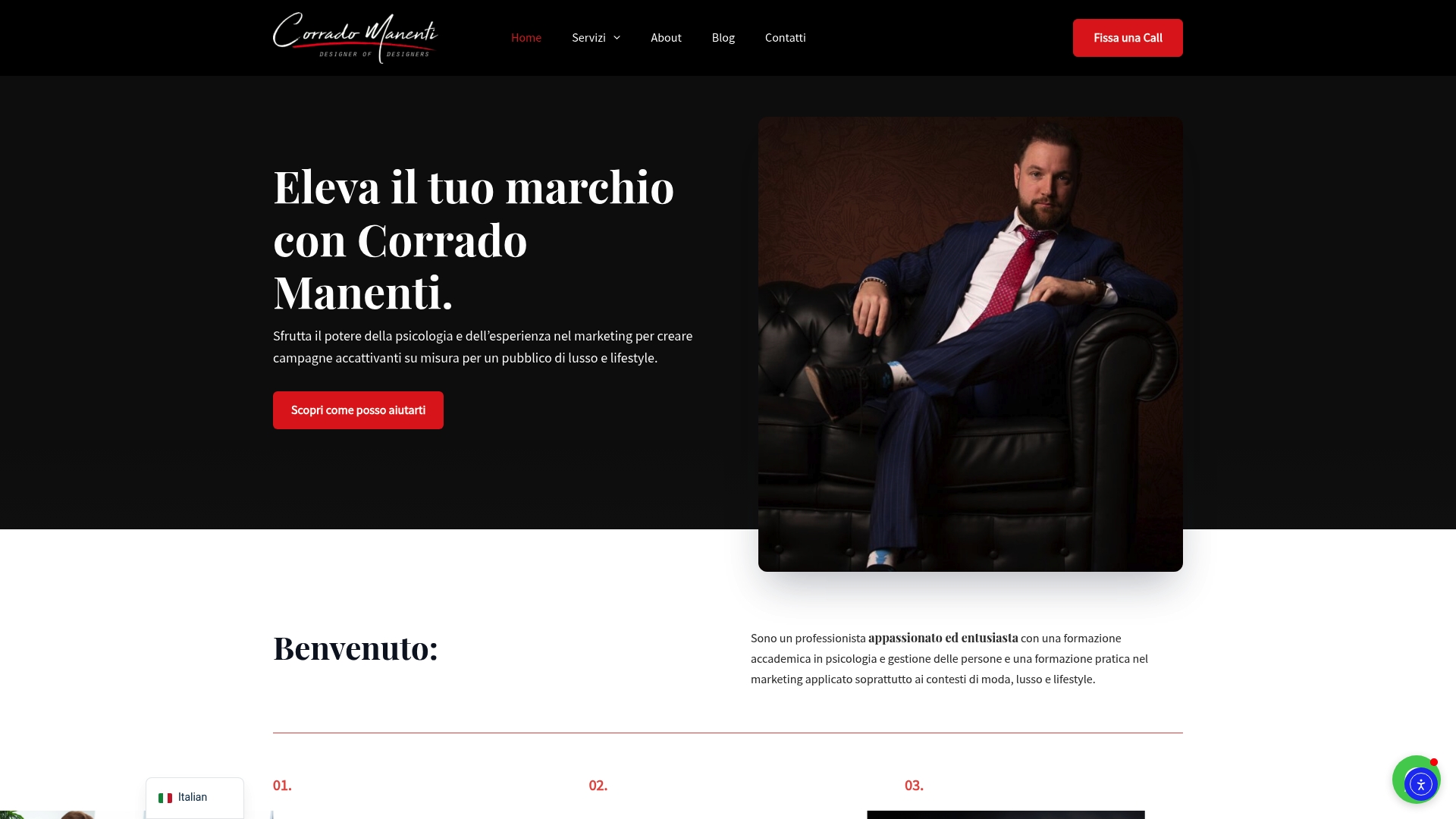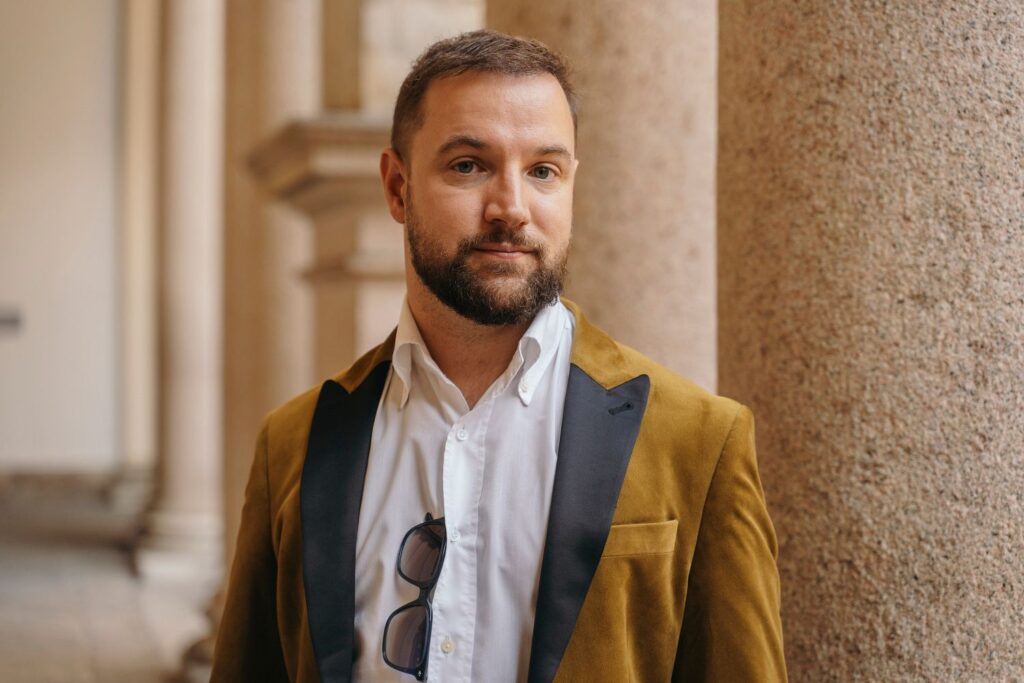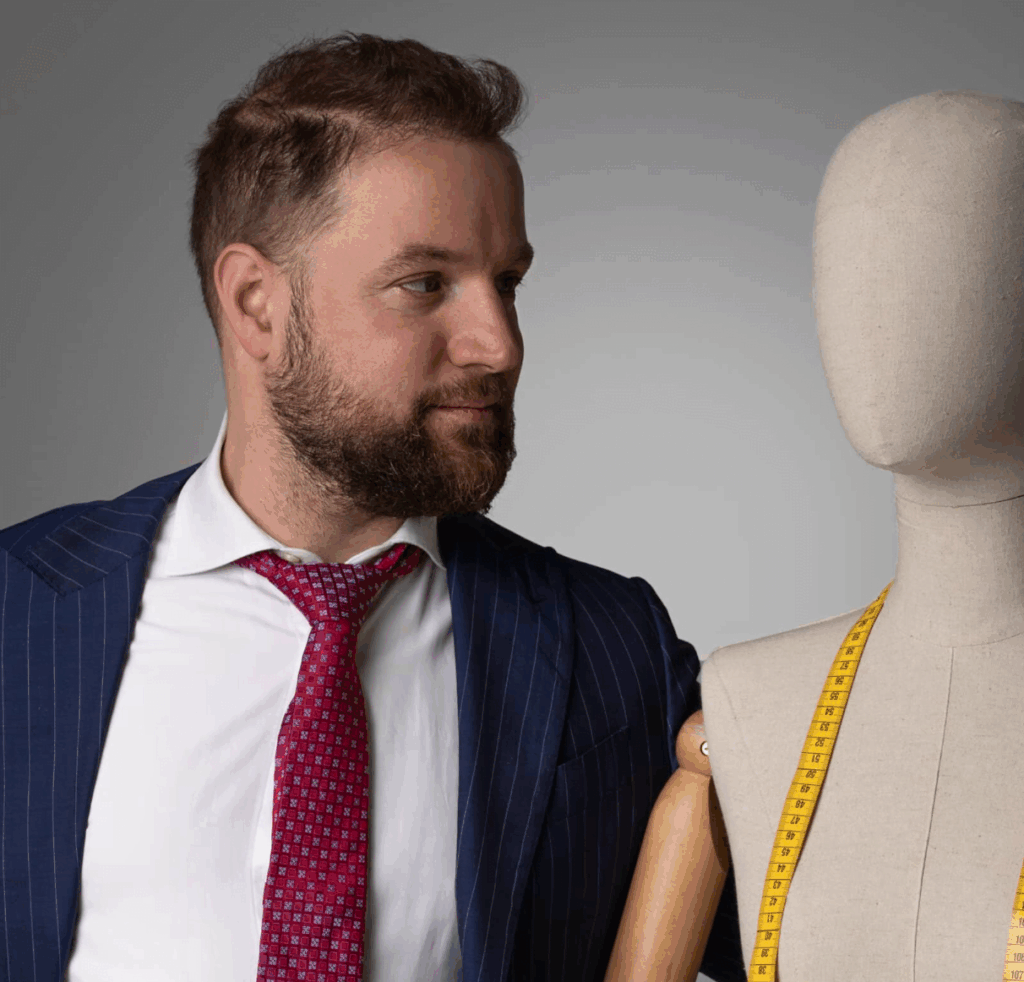Did you know that luxury brands using advanced market segmentation can increase customer engagement by over 60 percent? Understanding what truly drives buyers in the high-end sector unlocks real opportunities for growth and loyalty. Today’s luxury consumers bring a broad mix of motivations, from sustainability and digital interaction to heritage values and status. By decoding these complex preferences, brands can deliver experiences that speak directly to each audience’s desire for uniqueness and distinction.
Key Takeaways
| Point | Details |
|---|---|
| Luxury Market Segmentation | Effective segmentation transcends demographics, requiring insights into psychological and behavioral factors to target high-end consumers precisely. |
| Cultural Variations | Western and Asian markets exhibit distinct preferences; understanding these differences is crucial for tailored luxury marketing strategies. |
| Consumer Archetypes | Recognizing various consumer archetypes allows brands to develop targeted strategies that resonate emotionally with different market segments. |
| Implementation Challenges | Brands must navigate risks such as over-specialization and high costs while maintaining aspirational appeal in luxury market segmentation. |
Table of Contents
- Defining Luxury Market Segmentation Concepts
- Segmentation Criteria In The Luxury Sector
- Types And Approaches To Luxury Segmentation
- Psychological And Behavioral Drivers
- Practical Examples And Implementation Risks
Defining Luxury Market Segmentation Concepts
Luxury market segmentation represents a sophisticated strategic approach that enables brands to dissect and understand their target audiences with unprecedented precision. Market segmentation in the luxury sector goes far beyond traditional demographic categorizations – it explores the intricate psychological, behavioral, and aspirational dimensions that drive high-end consumer preferences.
According to a comprehensive bibliometric analysis of luxury marketing research, the field of luxury segmentation has been experiencing significant global acceleration. Read more about luxury consumer insights reveals emerging research themes that are reshaping how brands conceptualize their market segments. These themes include:
- Sustainability consciousness as a critical segmentation factor
- Social media engagement patterns
- Experiential value perception
- Emotional connection to brand narratives
The contemporary luxury market demands a multidimensional understanding of consumer segments. Unlike mass-market approaches, luxury segmentation considers nuanced factors such as:
- Psychological purchasing motivations
- Cultural identity markers
- Personal value systems
- Lifestyle aspirations
- Digital interaction preferences
Effective luxury market segmentation transforms raw consumer data into strategic insights, enabling brands to craft hyper-personalized experiences that resonate deeply with specific audience subgroups. By recognizing that luxury consumers are not monolithic but represent diverse, complex personas, brands can develop targeted strategies that speak directly to individual desires and expectations.
Segmentation Criteria in the Luxury Sector
Luxury market segmentation transcends traditional demographic boundaries, requiring a nuanced understanding of complex consumer characteristics. Market segmentation in this sector is a sophisticated process that demands deep insights into consumer psychology, cultural dynamics, and lifestyle preferences.
According to research from global business schools, luxury markets can be strategically divided into two primary categories: Luxury Goods and Lifestyle Purchases. Discover more about brand differentiation within these segments. The key product categories include:
Luxury Goods:
- Fashion accessories
- High-end watches
- Premium beauty products
- Collectible art pieces
Lifestyle Purchases:
- Luxury automotive
- Exclusive travel experiences
- High-end home design
- Premium spirits and wines
Interestingly, academic research utilizing the CAGE Distance Framework reveals profound cultural variations in segmentation criteria. Western consumers predominantly value:
- Product uniqueness
- Individual quality perception
- Personal expression through consumption
In contrast, Asian markets emphasize:
- Visible brand logos
- Status consistency
- Collective social recognition
These cultural nuances demonstrate that effective luxury market segmentation requires a sophisticated, context-aware approach that goes beyond surface-level demographic analysis. Brands must develop deep empathy and understanding of the complex motivational landscape that drives luxury consumer behavior.


Here’s a comparison of key cultural segmentation factors in luxury markets:
| Segmentation Factor | Western Markets | Asian Markets |
|---|---|---|
| Product Emphasis | Uniqueness Craftsmanship |
Visible Logos Status Consistency |
| Consumer Values | Individual Expression Quality |
Social Recognition Collectivism |
| Purchase Motivation | Personal Identity Differentiation |
Group Approval Reputation |
| Brand Perception | Artistic Experimental |
Prestige Symbol Heritage Focus |
Types and Approaches to Luxury Segmentation
Luxury market segmentation represents a complex strategic framework that goes beyond traditional marketing approaches, offering brands sophisticated methods to understand and target their discerning consumers. Learn more about cultural nuances in luxury marketing, which play a critical role in defining segmentation strategies.
Conceptual classification in luxury markets typically distinguishes between two primary domains of segmentation:
Product Domain Segmentation:
- Luxury Goods (tangible products)
- Lifestyle Services (experiential offerings)
Consumer Archetype Segmentation provides deeper insights into specific market segments. In the luxury watch industry, for instance, researchers have identified distinct consumer archetypes:
- Traditionalists: Value heritage and craftsmanship
- Eco-Friendly Shoppers: Prioritize sustainable manufacturing
- Young Affluents: Seek trendy, status-driven designs
- Collectors and Investors: View luxury items as potential appreciating assets
- Tech Enthusiasts: Interested in innovative features and smart technologies
These segmentation approaches blend demographic, psychographic, and behavioral factors, allowing brands to create highly targeted marketing strategies. By understanding the nuanced motivations and preferences of different consumer groups, luxury brands can develop more precise, emotionally resonant positioning that speaks directly to specific market segments.
Psychological and Behavioral Drivers
Consumer psychology in luxury markets represents a complex landscape of emotional and behavioral motivations that extend far beyond traditional purchasing decisions. Explore deeper insights into luxury brand psychology to understand the intricate drivers behind luxury consumption.
Recent research has identified distinctive psychographic profiles that illuminate the nuanced motivations of luxury consumers:
Psychological Consumer Archetypes:
- Status-Seekers: Driven by social recognition and prestige
- Hedonists: Motivated by personal pleasure and experiential luxury
- Altruists: Interested in sustainable and socially responsible consumption
- Innovators: Attracted to cutting-edge design and technological advancement
- Gen Z/Alpha Consumers: Valuing authenticity, digital experiences, and social impact
A bibliometric review of luxury marketing research highlights emerging themes that significantly influence consumer behavior:
- Sustainability consciousness
- Social media engagement patterns
- Digital brand interaction
- Personal value alignment
- Experiential marketing resonance
These psychological and behavioral drivers demonstrate that luxury consumption is no longer about mere product acquisition. Modern luxury consumers seek deeper connections – emotional resonance, personal identity expression, and alignment with broader societal values. Brands that understand and authentically engage with these multifaceted psychological motivations will successfully navigate the increasingly complex luxury market landscape.
Practical Examples and Implementation Risks
Market segmentation in luxury requires a delicate balance between strategic precision and comprehensive consumer understanding. Discover more about brand marketing strategies to complement these implementation insights.
A comprehensive global study by Ipsos reveals a sophisticated segmentation model for affluent luxury consumers, identifying six distinct motivation-based segments:
Consumer Segments:
- Fashionistas: Trend-driven, style-conscious consumers
- Exclusives: Seeking rare, limited-edition experiences
- Indulgents: Prioritizing personal comfort and premium experiences
- Classics: Valuing timeless design and heritage
- Essentials: Focused on functional luxury and quality
- Immaterials: Emphasizing experiences over physical possessions
However, luxury market segmentation is not without significant implementation risks:
Potential Segmentation Challenges:
- Over-specialization limiting broader market appeal
- Extremely high research and implementation costs
- Risk of alienating non-targeted consumer segments
- Potential brand identity dilution
- Complex data interpretation requirements
Successful luxury market segmentation demands a nuanced approach that balances strategic targeting with maintaining a broad, aspirational brand appeal. Brands must continuously adapt their segmentation strategies, remaining flexible enough to embrace emerging consumer trends while preserving their core brand identity and universal luxury positioning.
Unlock True Luxury Market Potential with Data-Driven Insight
Are you struggling to move beyond surface-level demographic segmentation and truly connect with your luxury audience? This article highlighted the complexity of today’s luxury market—from nuanced psychological drivers to the demand for hyper-personalized strategies. If you want real results, you need more than generic data points. You need expert guidance rooted in consumer psychology and a deep understanding of luxury segmentation dynamics.
Explore more advanced strategies for marketing fashion and see how true precision can transform your brand.

Let Corrado Manenti empower your business with proven psychological frameworks and innovation-led marketing tailored for the fashion, luxury, and lifestyle sectors. Do not let your brand blend in when it was built to stand out. Visit https://corradomanenti.it today or learn how the right digital positioning can give your luxury brand the competitive edge. Now is the moment to elevate your segmentation approach and create deep emotional connections with the customers who matter most.
Frequently Asked Questions
What is luxury market segmentation?
Luxury market segmentation is a strategic approach that allows brands to analyze and understand their target audiences by examining psychological, behavioral, and aspirational dimensions beyond traditional demographics.
What factors are considered in luxury market segmentation?
Factors include psychological purchasing motivations, cultural identity markers, personal value systems, lifestyle aspirations, and digital interaction preferences, allowing for a more nuanced understanding of luxury consumers.
How do cultural differences impact luxury market segmentation?
Cultural differences significantly influence luxury market segmentation, with Western consumers often valuing product uniqueness and personal expression, while Asian markets may emphasize visible brand logos and social recognition.
What are some consumer archetypes in the luxury market?
Common consumer archetypes include Traditionalists, Eco-Friendly Shoppers, Young Affluents, Collectors and Investors, and Tech Enthusiasts, each driven by different motivations and preferences in the luxury sector.



